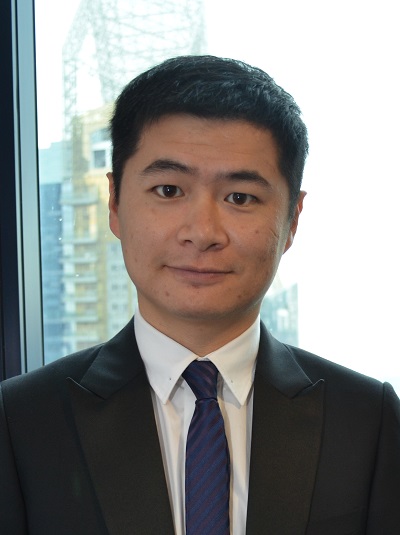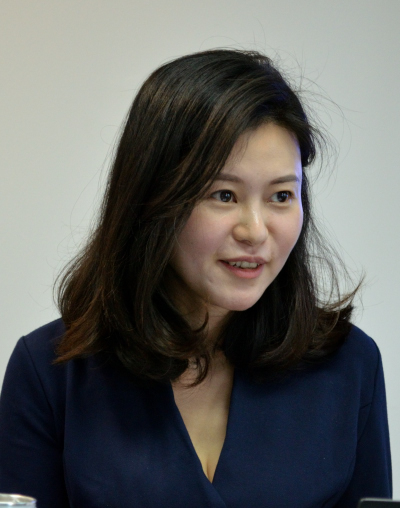 Yangzijiang Shipbuilding's Taicang yard will be reactivated to expand its capacity. (Company photo) Yangzijiang Shipbuilding's Taicang yard will be reactivated to expand its capacity. (Company photo)
Yangzijiang Shipbuilding is looking to build more product tankers and gas carriers to mitigate the adverse business impact from the lull in demand for bulk carriers and containerships.
Mitsui is one of Japan's largest trading groups. |
On 1 March, the Group announced an increase of 23% year-on-year for its FY2018 net profit attributable to shareholders to reach RMB 3.6 billion. It proposed a final dividend of 5 cents, amounting to a payout ratio of 27%.
Its outstanding order book was US$3.9 billion as at 31 Dec 2018, comprising of 113 vessels that will keep its yards utilized until 2021.
Other highlights of FY2018:
- Revenue increased by 21% to Rmb 23.2 billion
- Core shipbuilding gross profit margin remained stable at 18%.
- Secured new orders for 36 vessels with a total contract value of US$1.5 billion.
For more information, refer to its FY2018 results media release here.
|
Financial Highlights |
FY2018 |
yoy change |
|
Revenue |
19.2 |
21% |
|
Gross profit |
4.3 |
31% |
|
Gross margin |
18.6% |
1.4ppt |
|
Net profit attributable to shareholders |
3.6 |
23% |
Below is an excerpt of the questions raised at the Group's FY2018 results briefing, and the replies provided by CEO Ren Letian and CFO Liu Hua.
Q: Why is your take on the plan by Hyundai Heavy Industries to acquire Daewoo Shipbuilding & Marine Engineering (DSME)?
The latest news is Hyundai and DSME yard workers have gone on strike because they expect a manpower retrenchment exercise. The two companies have similar products - large containerships and gas carriers.
There is excess yard capacity in the industry. If the merger is successful, they will cut their combined capacity. That is why their workers have gone on strike. If the merger does go through, state-owned Chinese shipyards will be under pressure to follow suit. China Shipbuilding Industry Corporation (CSIC) is likely to merge with China State Shipbuilding Corporation (CSSC).
This kind of cost cutting will actually help the global overcapacity situation, which will help us.
But there is resistance to the Hyundai DSME merger because Korean worker unions are very strong. In China, CSIC and CSSC are the two yards that get orders for military vessels. The merger between CSIC and CSSC has not gone through because there will then be no competition in the construction of China's military vessels.
|
“During the slowdown in 4Q2018, our profitability came from recognition of forfeiture income, forex gains from the recovery of the USD against the RMB, and reversal on provisions.” - Liu Hua |
Q: Why did you increase your provisions?
There were 3 changes to our operating environment: USD exchange rate, steel prices, and labor costs.
| Stock price | S$1.44 |
| 52-week range | 84c - S$1.50 |
| Market cap | S$5.6 billion |
| PE (ttm) | 7.8 x |
| Dividend yield | 3.5% |
| Gross Gearing | 13.7% |
| Source: Bloomberg / Company | |
In FY2017, we used a currency assumption of RMB 6.15 when estimating provisions. In FY2018, we used a USD exchange rate of RMB 6.5. That had a positive impact on foreseeable losses.
In FY2018, we also factored in a possible increase in steel price and labor cost by 10%.
These were the main factors behind how we arrived at a provision of RMB 1.1 billion.








